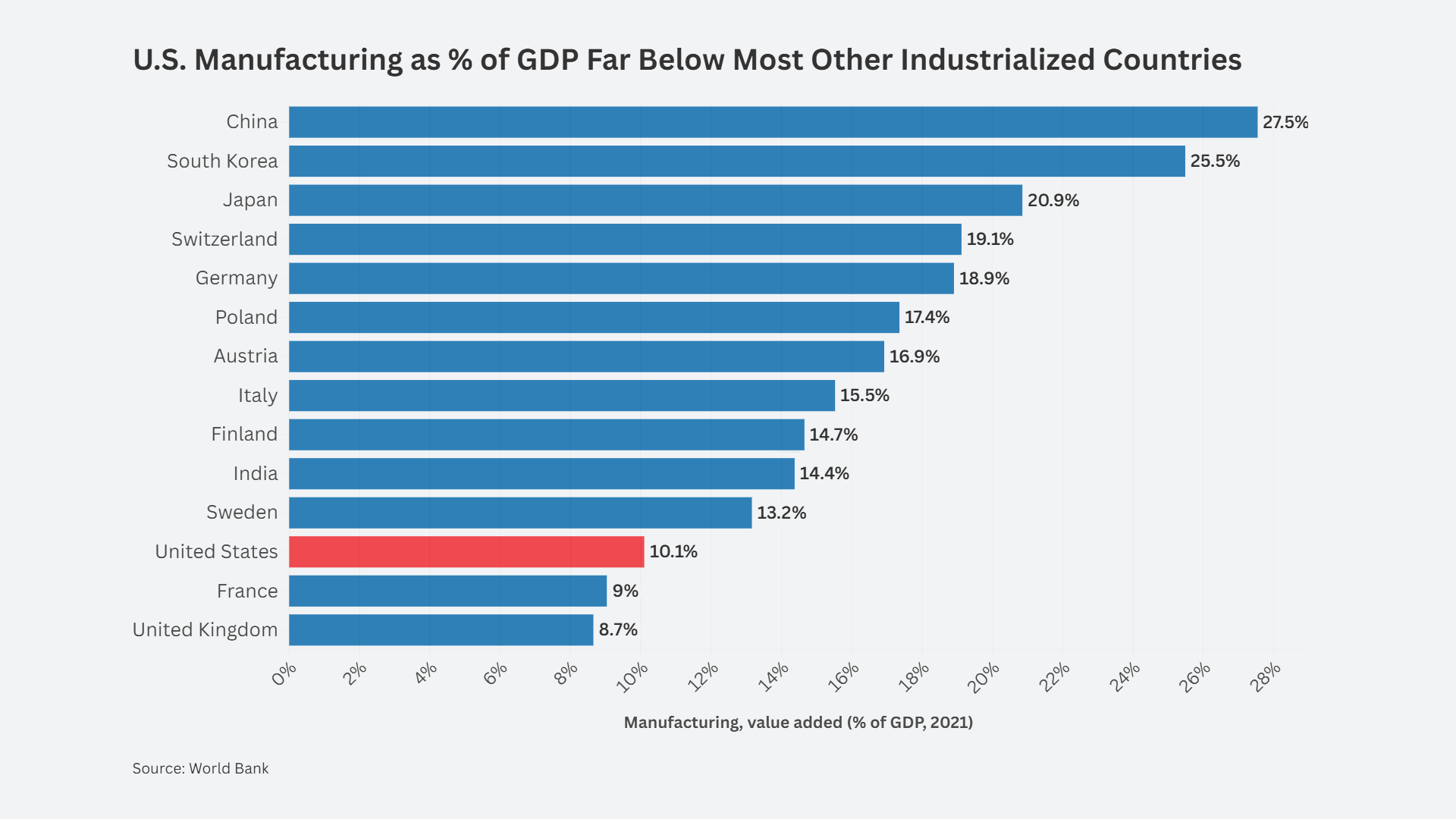By Steven L. Byers, PhD, CPA Senior Economist
The US trade deficit in goods and services for June 2019 decreased by 0.3 percent, to $55.2 billion, down $0.2 billion from $55.3 billion (revised) in May. The decrease is due to a decline in the goods deficit of $0.8 billion along with a decrease in the services surplus of $0.6 billion. June exports were $206.3 billion, down 2.1% ($4.4 billion) from May. Simultaneously, June imports were $261.5 billion, a 1.7 percent decline of $4.6 billion from the May figures.
The bilateral goods deficit with China, year-to-date, has improved relative to 2018, decreasing by $20.6 billion (10.3%). Following two months of increases, the Department of Commerce reports that the monthly goods deficit in June decreased by $68 million on a seasonally adjusted basis.
With bilateral trade talks between the US and China still in limbo, the Trump administration yesterday announced that it is applying additional tariffs on Chinese imports. Specifically, over and above the tariffs already in place, an additional $300 billion of imports from China will be subject to a 10 percent tariff starting September 1st. The newly announced tariffs include toys, cellphones, clothing, and shoes. Basically, this covers all other categories of imports that were not subject to the previous tariffs. Overall, the combined tariffs amount to an average weighted tariff of 16.8 percent on all imported goods from China.
President Trump explained that the new tariffs are being applied because the US and China have not been able to reach a much-sought bilateral trade deal. Additionally, the president pointed out that the Chinese have not lived up to their promises to buy more US agricultural products and have not stopped the flow of fentanyl into the US. Behind the scenes there is speculation that China is delaying an agreement to see if there will be a new administration in place after the 2020 elections, with an outcome perhaps more favorable to China.
With data in for the first half of 2019, China has now fallen from the number one US trading partner to number three. Adding exports and imports from January to June. our trade with Mexico totaled $309 billion, with Canada $307 billion, and with China $271 billion. China remains the number one source of US imports, with imports of $219 billion in the January-June period. Another sign of the imbalance is that our first-half imports from Mexico total 139 percent of our exports in the same period, and with Canada the ratio is 106 percent. In US-China trade, our first-half imports represent 421 percent of our exports.
Regarding America’s other major bilateral trading partners, the monthly US bilateral goods trade deficit with the European Union decreased $1.0 billion to $15.9 billion, driven primarily by a drop in imports. Year-to-date, the trade deficit with Europe has worsened by $7.6 billion dollars compared to June 2018. The news was mixed regarding Canada and Mexico. Compared to the May figures, the goods deficit with Canada improved by $96 million in June, but worsened with Mexico by $120 million. A year-to-date comparison with 2018 shows that the goods deficit with Canada has increased by $2.8 billion, and increased with Mexico by $13.1 billion.
The situation for US agriculture continues to be challenging. Exports of agricultural commodities increased $75 million in June but were down $1.4 billion compared to a year ago. Within the major agricultural commodities there are winners and losers. Soybean exports increased in June by $339 million and are ahead of 2018 exports by $530 million. Though down for the month of June, exports of wheat are up $771 million year-to-date in comparison to last year’s figures. Corn, dairy products, eggs, fish, and shellfish are all in negative territory compared to last year exports through June.
Visit our trade database here.













